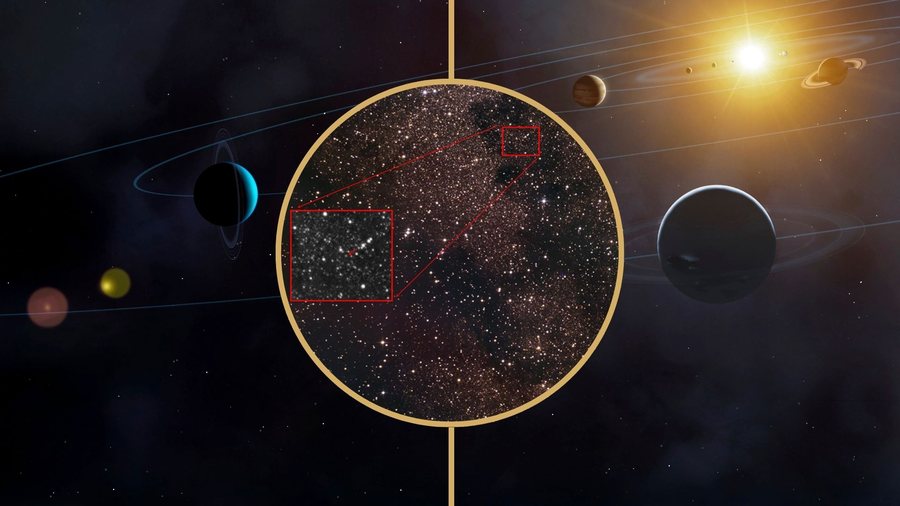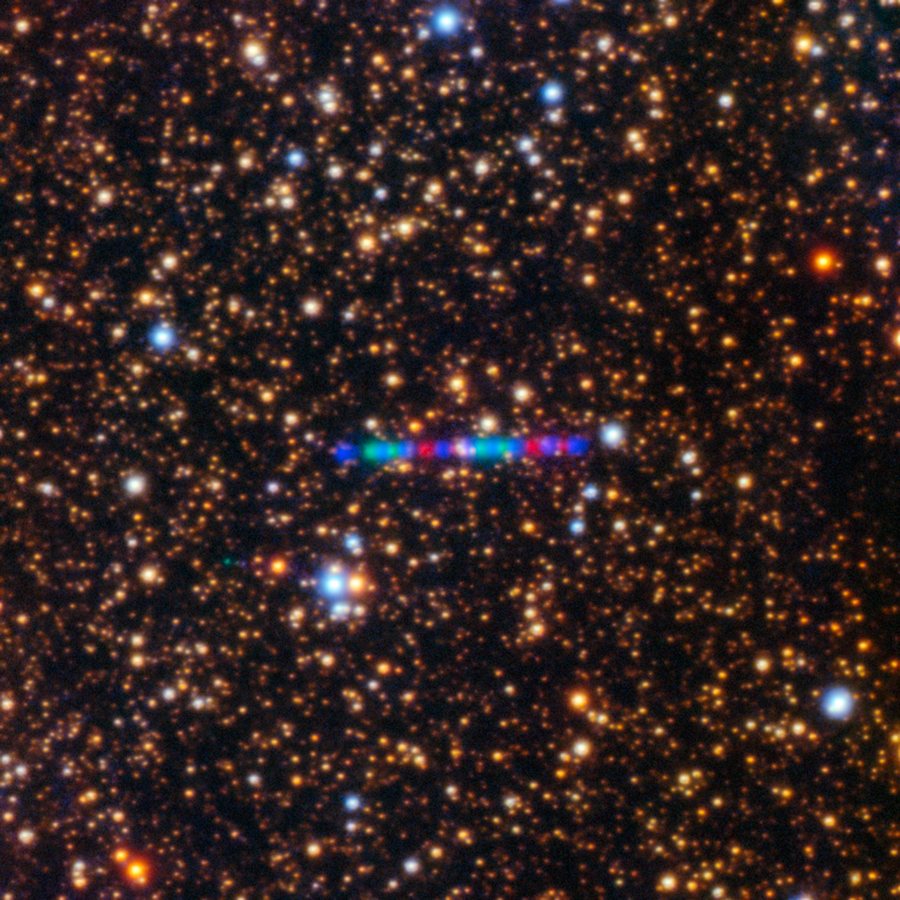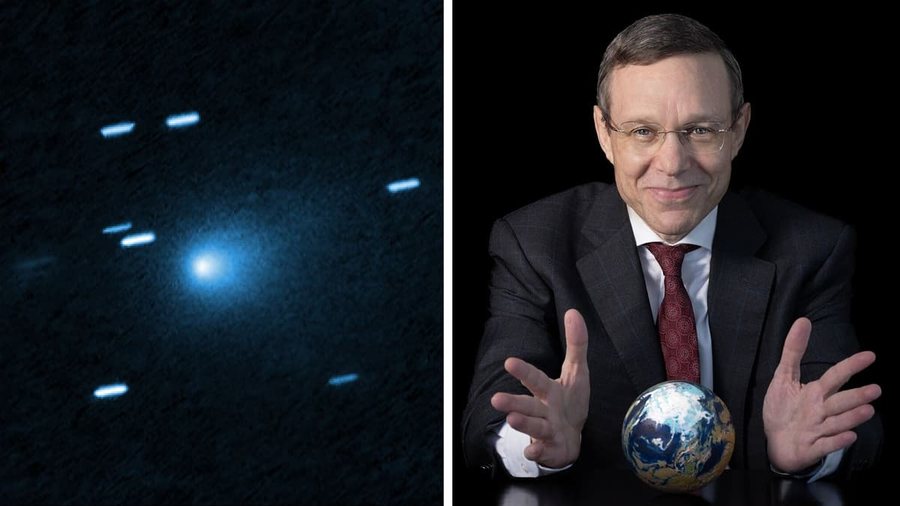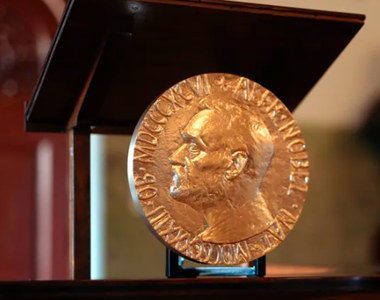
A strange celestial body, called 3I/ATLAS, is passing through our solar system and has sparked a debate that goes from scientific laboratories to online forums of cosmic theories.
Discovered on July 1, 2025 by the ATLAS (Asteroid Terrestrial-impact Last Alert System) program, this object was not born “among us.” Its hyperbolic orbit indicates that it comes from outside the solar system, an interstellar visitor that will pass by and leave forever.
Science: "It's a comet, but a strange one"
Initial observations showed that 3I/ATLAS behaves like any other comet: it ejects gas and dust, forms a tail and a bright cloud (coma) surrounding the nucleus. But astronomers were surprised by its unusual chemical composition: high percentages of carbon dioxide compared to water: something rare for classical comets. The James Webb Telescope has been put to work to understand why this comet “blews out more gas” than is usually seen in similar objects.
Avi Loeb: "Don't rule out the possibility of extraterrestrial technology"

Astrophysicist Avi Loeb, a professor at Harvard and author of the book "Extraterrestrial," is known for his unconventional ideas. In several articles published this year, he has suggested that 3I/ATLAS may not be entirely natural, but perhaps an object created by extraterrestrial intelligence .
According to Loeb:
- The object's trajectory is extremely regular and aligned with the planets, as if it had been carefully chosen.
- No accelerations other than gravitational ones have been observed, meaning the body is more stable than a regular comet.
- Unusual ratio of carbon dioxide to water may indicate unnatural materials.
Loeb emphasizes that he is not announcing the "arrival of aliens," but urges that science not be afraid to test even the boldest hypotheses.
“If something seems unusual, the job of science is to investigate it, not ignore it,” he writes.

NASA and the scientific community: "So far, it's a comet"
Not everyone agrees with Loeb. NASA officials have put it succinctly: “3I/ATLAS does things that comets do.”
Many astronomers point out that:
- The orientation of the orbit is not so unique as to rule out coincidence.
- The "missing" accelerations can be explained by the fact that the object is emitting heavier dust than usual.
- So far, no metallic structures or artificial signals have been seen to justify technological theories.
In science, the simplest hypothesis is usually the one that stands out: a natural comet with slightly different behavior than average.
Why does this story fascinate the public?
Every object that comes from outside our solar system is like a sealed letter from the universe. Whether it's an iceberg or something else, 3I/ATLAS forces us to ask: Are we alone? Are there civilizations traveling among the stars without being noticed? And if so, would we be able to spot them?
Avi Loeb may not be right, but he has the merit of making us think. After all, every great discovery has started with a question that seemed “crazy” for its time.

3I/ATLAS is not proof that “aliens are coming,” but it is a reminder that the universe is more complex and vibrant than we think. And if one day one of these comets turns out to be more than just a piece of ice wandering through space… perhaps our story with the universe has only just begun.





